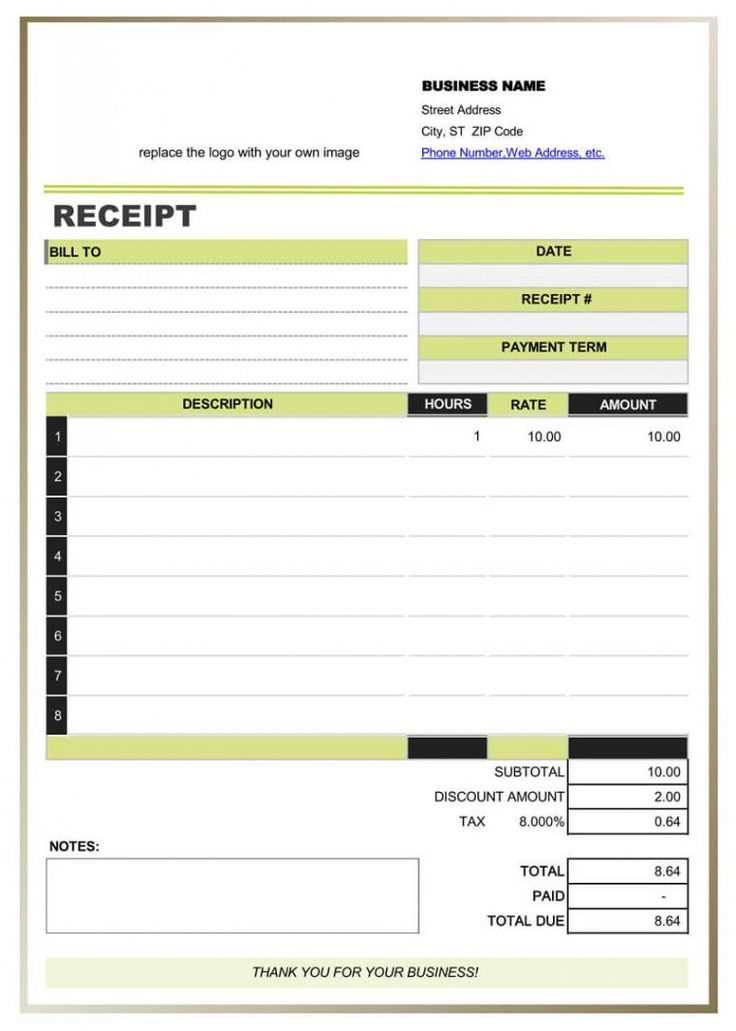
A well-structured sales receipt template for personal training services not only provides clear transaction details but also ensures transparency with clients. Including key elements like client name, date of session, services rendered, and payment method is a practical approach. The receipt should reflect the professionalism of your business and leave a positive impression on your clients.
Start with basic contact details–your business name, address, and phone number–so clients can easily reach out with any questions or concerns. Make sure to specify the date of the training session and include a breakdown of the services provided, such as individual sessions, packages, or special programs. This level of detail fosters trust and minimizes confusion for both parties.
Include a clear payment section with the amount paid, any discounts or promotions applied, and the remaining balance, if applicable. A final note about the method of payment helps clients keep track of their transactions. To streamline your process, create a template that can be easily filled out and printed after each session.
Lastly, don’t forget to offer a section for your client’s signature, confirming their agreement with the details outlined in the receipt. This simple addition enhances the transparency of your services and protects both you and your client in case of any discrepancies.
Personal Training Sales Receipt Template
A personal training sales receipt should include clear and concise details about the services rendered and the payment received. A professional template ensures transparency for both the trainer and the client, and helps maintain accurate records for future reference. Here’s how to structure a simple and effective personal training sales receipt:
1. Client and Trainer Information
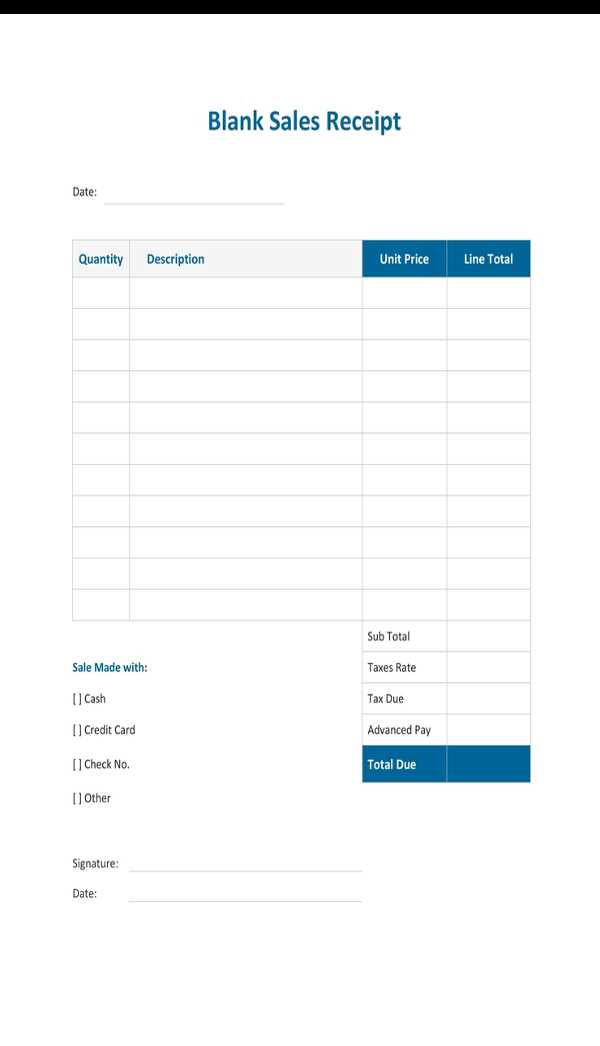
At the top of the receipt, include both the trainer’s and client’s full names. The trainer’s contact details–such as phone number and email–should also be listed. This information ensures that both parties can easily follow up if needed. Example:
- Trainer Name: John Doe
- Client Name: Jane Smith
- Trainer Contact: [email protected] | (123) 456-7890
2. Service Breakdown
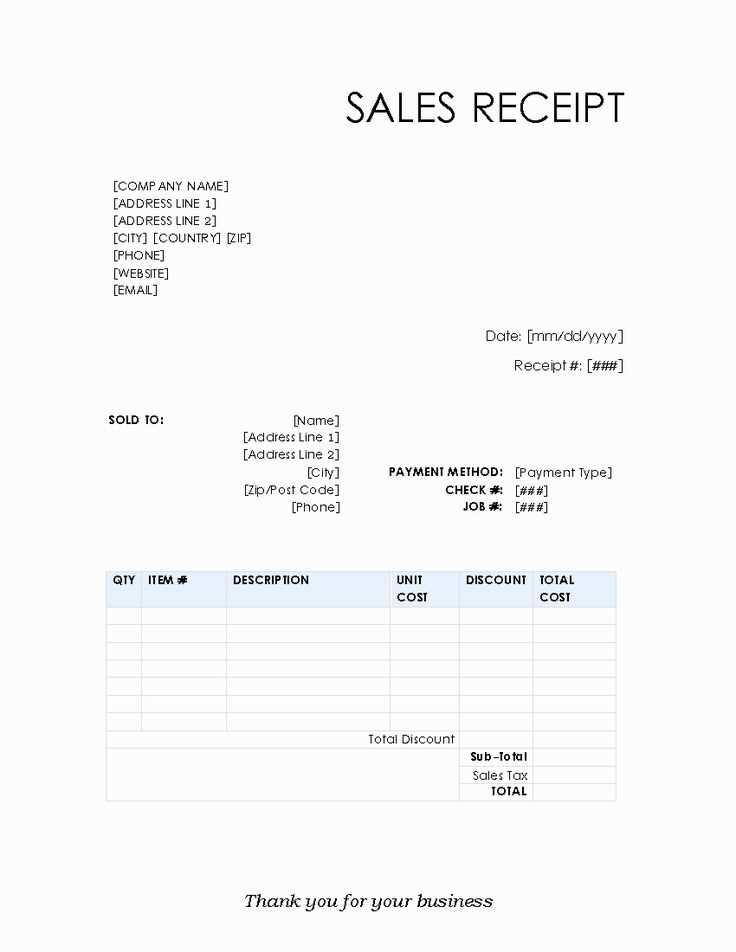
Clearly outline the type of session provided (e.g., one-on-one training, group class, virtual session). Include the number of sessions purchased, the rate per session, and the total cost. This breakdown should be easy to read, with each service item listed separately to avoid confusion. Example:
- 1-on-1 Personal Training Session (60 minutes) – $50
- Total Cost: $50
For packages or multiple sessions, list the total number of sessions and the total amount paid. Including the date of service or the date of purchase is also useful for tracking purposes.
With this structure, a personal training sales receipt serves as a useful record for both client and trainer. It guarantees that all relevant details are easily accessible and organized for future reference or any potential disputes.
How to Include Client Information and Session Details
Begin by capturing the client’s full name and contact information. This ensures clear identification and easy communication in case of follow-ups or schedule changes. Include their email address and phone number for convenience. If relevant, note down their membership or client ID for tracking purposes.
Client Details
For each session, record the client’s specific fitness goals or preferences. This helps in tailoring future workouts and demonstrates a personalized approach. A brief note about any medical conditions, allergies, or restrictions should also be included if they are part of the client’s profile.
Session Information
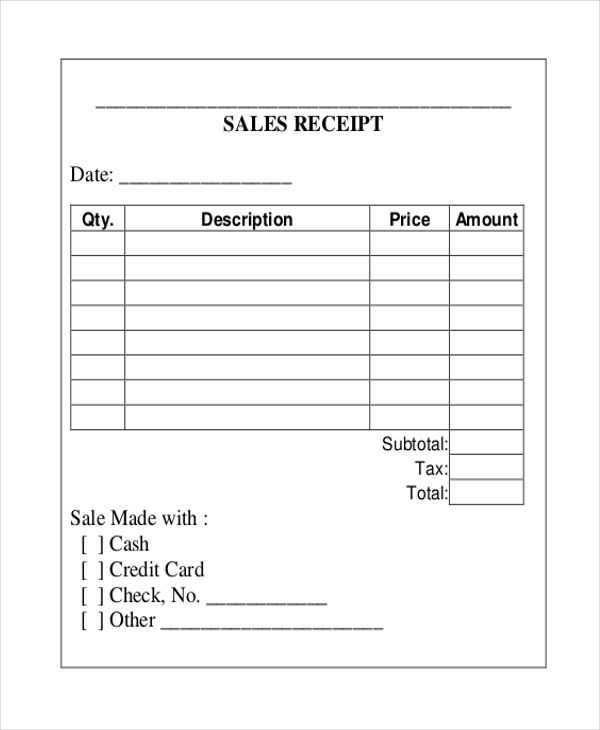
Document the date and time of each session along with the duration. Make sure to note the type of training (e.g., strength, cardio, flexibility) and any special equipment used. It’s helpful to list the exercises performed or a brief summary of the session, which can be useful for both you and the client to track progress.
Designing a Clear Payment Breakdown for Personal Training Sessions

Clearly outline all fees and charges to avoid confusion. Break down each component of the total cost for transparency. Use bullet points or a simple table for easy understanding.
Key Components to Include
- Session Fee: Specify the cost per session or package rate. If offering discounts for bulk sessions, mention them clearly.
- Additional Services: Include any optional add-ons such as assessments, nutritional guidance, or personalized workout plans.
- Taxes: Clearly show applicable taxes or state-specific charges.
- Payment Schedule: Include details of payment frequency, such as weekly, monthly, or upfront for packages.
Tips for Clarity
- Ensure the breakdown is easy to read with clear section headers.
- List any additional fees separately to avoid surprises later.
- Provide a total at the bottom for quick reference.
- Offer multiple payment methods and specify if there are any payment processing fees.
Ensuring Legal Compliance and Accurate Record-Keeping
Include the necessary client details in your sales receipt, such as their full name, contact information, and session dates. This helps maintain transparency and accuracy in your records. Make sure to clearly state the total amount paid, payment method, and any taxes or additional fees included in the transaction. This will help both you and your clients track payments efficiently.
Adhere to Local Laws and Tax Requirements
Review local regulations regarding the collection of sales tax and reporting obligations. Many regions require specific information to be included on receipts, such as your business registration number or tax identification number. Regularly update your templates to ensure they comply with changes in tax laws and business regulations.
Maintain Accurate and Accessible Records
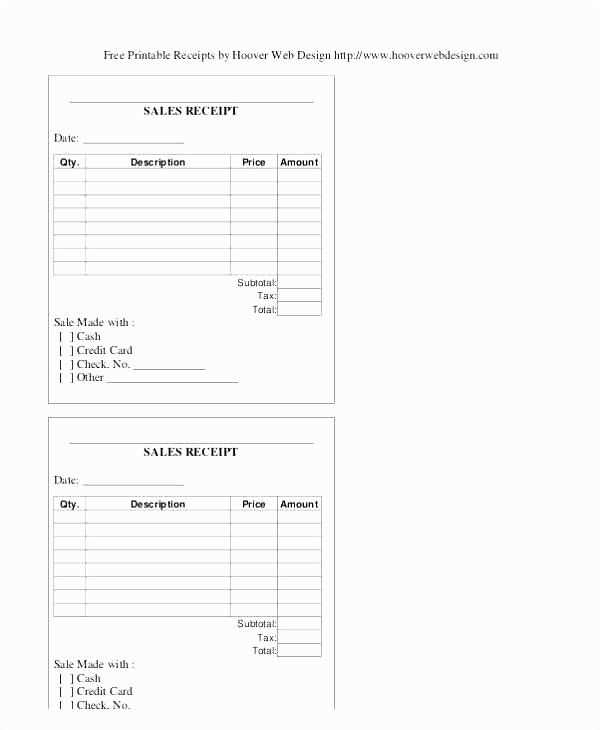
Store all receipts securely for future reference. Whether you use digital storage or physical copies, make sure they are easily accessible in case of audits or disputes. This practice also helps with financial planning and expense tracking. Implement a system to categorize and label receipts according to date, client, and type of service for quick retrieval.


